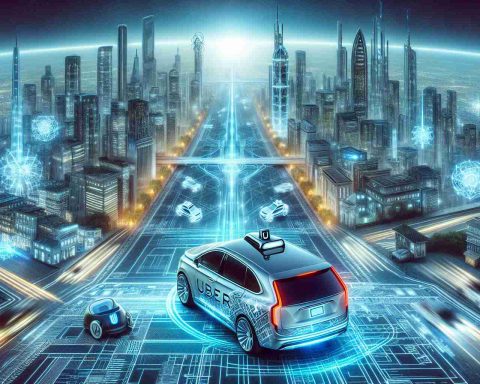Sales of electric vehicles (EVs) in Ireland have faced challenges this year, particularly following the reduction in government grants. Since mid-2023, when the grant from the Sustainable Energy Authority of Ireland (SEAI) decreased from €5,000 to €3,500, a noticeable drop in electric car sales emerged. Despite the relatively small impact of this €1,500 cut, registrations began to decline, resulting in an overall sales drop of around 25% compared to 2023.
While November saw a surprising 59.3% increase in sales, it represented only 516 new registrations. This modest uptick was influenced by the arrival of Tesla vehicles and a rise in sales of other models such as the Nissan Leaf and Toyota bz4X. For the entirety of 2024, EV sales are still projected to end 24% lower than the previous year.
Looking into 2025, uncertainty looms over consumer acceptance of electric vehicles as the end of petrol and diesel cars nears. However, optimism exists among some industry leaders, emphasizing that advancements in charging infrastructure and the launch of affordable electric models could reinvigorate interest.
Recent launches from brands like Skoda and Kia have introduced competitively priced SUVs, while compact models under €30,000, such as the Dacia Spring, are hitting the market. This expanded choice aims to whet the appetite of potential buyers, with expectations from the SEAI for a positive market response.
Will 2025 Be the Turning Point for Electric Vehicles in Ireland?
As the electric vehicle (EV) market in Ireland continues to evolve, 2024 is shaping up to be a pivotal year influenced by both government policy changes and industry innovations. Despite facing a significant downturn in sales this year due to a reduction in government grants, there are emerging trends that could dictate the future of EVs in the country.
Overview of Current Trends
The reduction of the electric vehicle grant from €5,000 to €3,500 by the Sustainable Energy Authority of Ireland (SEAI) had an impact this year, leading to a decline of approximately 25% in overall EV sales. Although November noted a surprising 59.3% increase, reaching merely 516 new registrations, the overall projections for 2024 indicate that sales could still finish 24% lower than in 2023.
Future Projections and Consumer Sentiment
Looking toward 2025, uncertainty persists regarding consumer acceptance of electric vehicles as the phase-out of petrol and diesel vehicles begins. However, optimism is bolstered by industry advancements. Key factors that could drive growth include:
– Improved Charging Infrastructure: The development of more comprehensive and accessible charging stations is vital to consumer confidence and convenience.
– Emerging Affordable Models: The release of competitively priced electric SUVs and compact models, notably from brands like Skoda and Kia, is set to expand consumer options. Models under €30,000, such as the Dacia Spring, are anticipated to entice budget-conscious buyers.
Pros and Cons of Electric Vehicle Adoption
# Pros:
– Environmental Impact: EVs produce zero tailpipe emissions, contributing to better air quality and reducing overall carbon footprints.
– Running Costs: Lower fuel costs and reduced maintenance expenses can lead to significant savings over time.
– Government Incentives: Depending on future policies, potential rebates and incentives could enhance affordability.
# Cons:
– Initial Purchase Price: Despite the emergence of lower-priced models, many EVs still carry a higher upfront cost compared to traditional vehicles.
– Charging Infrastructure: While improving, availability and convenience of charging stations remain a concern for many potential buyers.
– Range Anxiety: The fear of running out of battery before proper charging facilities are available can deter some consumers.
Key Features and Innovations
Current innovations in electric vehicles encompass advancements in battery technology, enhancing range and reducing charging time. Many manufacturers now offer:
– Fast-Charging Capabilities: New models are incorporating rapid charging options, allowing users to recharge energy levels significantly quicker than before.
– Smart Technology Integration: Modern EVs often come equipped with AI-driven features, including advanced navigation systems that help drivers locate nearby charging stations.
Market Insights and Predictions
Industry insiders forecast that as charging infrastructure improves and more affordable size options enter the market, consumer acceptance of electric vehicles will likely increase. The SEAI has expressed optimism regarding the response from the market, particularly in light of recent model launches meant to stimulate interest among potential buyers.
Conclusion
While 2024 may present challenges for the EV market in Ireland, the landscape is primed for a potential turnaround in 2025. With strategic investments in infrastructure, the continuation of competitive pricing, and an increase in consumer awareness and acceptance, Ireland could see a resurgence in electric vehicle sales in the near future.
For more information on electric vehicles and their impact, visit SEAI.











